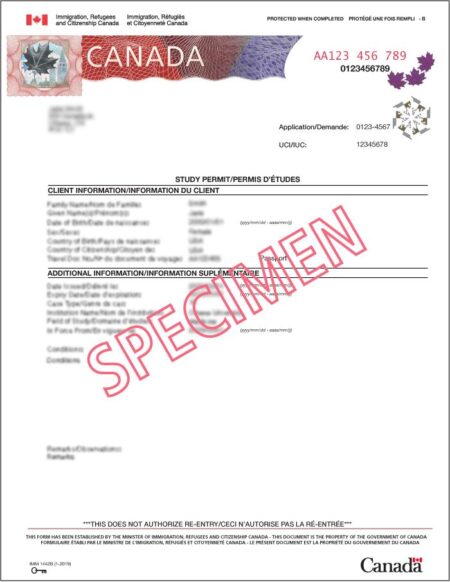Air India’s Chief Executive Officer has come under intense scrutiny following his recent remarks in the aftermath of a devastating plane crash. The comments, made during a press briefing, have sparked widespread debate over the airline’s handling of the incident and its broader safety protocols. As investigations continue into the causes of the crash, both industry experts and the public are closely examining the CEO’s statements, raising questions about leadership accountability in one of India’s flagship carriers.
Air India CEO Faces Backlash Over Response to Plane Crash
Public outcry has intensified following the Air India CEO’s recent comments after the tragic plane crash last week. Many have criticized the response as insensitive and off-mark, arguing that it failed to adequately address the concerns of the victims’ families and the broader aviation community. Social media platforms have been rife with demands for a more thorough inquiry and a public apology, emphasizing accountability and transparency.
The controversy has sparked discussion around crisis communication protocols within major airlines. Industry experts highlight several areas needing immediate attention:
- Timeliness and empathy in public statements
- Detailed explanations of incident investigations
- Support mechanisms for victims’ relatives
- Strengthening safety measures and pilot training programs
| Issue | Public Expectation | Current Response |
|---|---|---|
| Communication | Clear, empathetic, and prompt | Viewed as dismissive and delayed |
| Investigation | Comprehensive and transparent | Ongoing with limited updates |
| Support | Active engagement and compensation | Minimal publicized efforts |
Analyzing Communication Gaps in Crisis Management
In the immediate aftermath of the Air India crash, communication lines between the airline’s leadership, emergency responders, and the public appeared fractured, compounding the crisis. Conflicting statements and delayed updates from the CEO’s office created uncertainty, undermining trust and raising questions about the organization’s preparedness. Experts note that clear, timely, and empathetic messaging is critical in managing public perception during disasters, yet these aspects were noticeably lacking.
Key issues identified:
- Inconsistent information dissemination causing confusion among stakeholders.
- Insufficient coordination between Air India’s crisis team and government agencies.
- Failure to manage media inquiries proactively, allowing speculation to fill the void.
| Aspect | Impact | Recommendation |
|---|---|---|
| Delayed Response | Heightened public anxiety | Establish rapid crisis communication protocols |
| Mixed Messaging | Loss of credibility | Centralize information source within leadership |
| Media Management | Spread of misinformation | Designate trained spokespersons for press briefings |
Experts Call for Transparency and Improved Safety Protocols
In the wake of the recent tragedy, aviation safety analysts and industry veterans are underscoring the urgent need for greater transparency from Air India and regulatory authorities. Many experts argue that withholding critical information about the incident exacerbates public mistrust and hampers efforts to prevent similar disasters. Calls for prompt disclosure of investigation findings and candid communication with families of victims have intensified, reflecting a broader demand for accountability.
Additionally, aviation specialists emphasize revisiting and strengthening safety protocols, highlighting several key areas of concern:
- Enhanced pilot training programs focused on handling extreme weather conditions.
- Implementation of advanced onboard technology for real-time hazard detection.
- Regular third-party audits to verify compliance with international safety standards.
- Improved crisis management systems for faster emergency response coordination.
| Safety Aspect | Current Status | Recommended Action |
|---|---|---|
| Pilot Training | Standard certification met | Introduce advanced simulation drills |
| Onboard Systems | Basic hazard alerts | Upgrade to AI-based risk detection |
| Auditing | Internal reviews only | Mandate independent safety audits |
| Emergency Response | Reactive coordination | Develop proactive crisis protocols |
In Conclusion
As investigations continue into the tragic crash, the Air India C.E.O.’s recent remarks have drawn increasing scrutiny from both the public and aviation experts. Stakeholders emphasize the need for transparent communication and accountability as authorities work to determine the causes of the accident. The unfolding developments will be closely monitored in the coming days, underscoring the critical importance of safety and leadership in India’s aviation sector.




